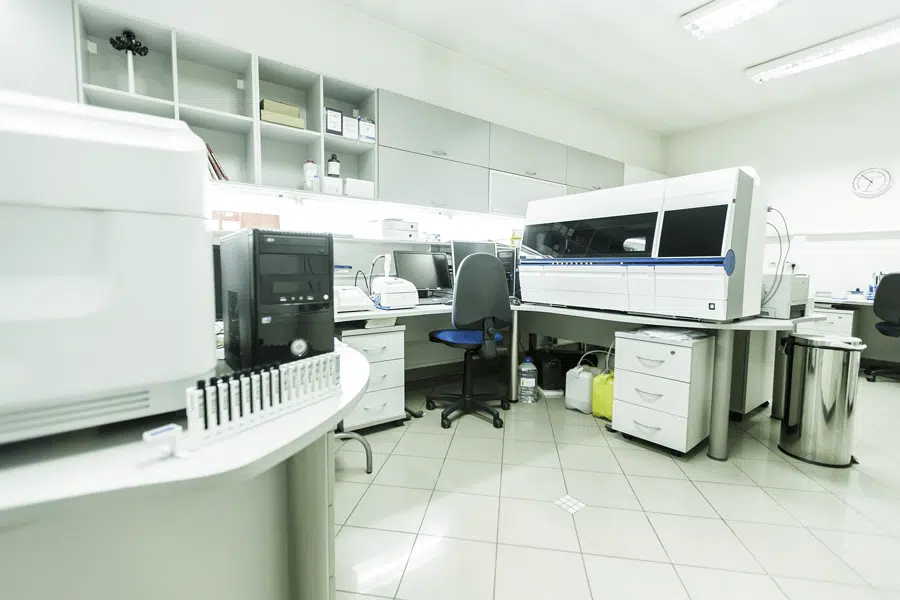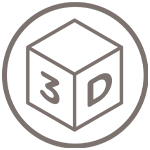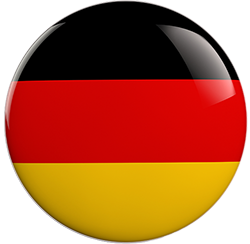What is laser diffraction particle size analysis?
Laser diffraction particle size analysis or laser granulometric measurement refers to the measurement of the distribution of the size of solid or liquid particles in a liquid or gaseous medium by means of deflection (diffraction) of the light waves of a laser beam. Devices called laser diffraction measuring systems, laser diffraction sensors or laser diffraction particle size analyzers are used for this purpose.
Structure
The particle stream consists of the particles to be measured in a liquid or gas. The particles are transported by the medium across the laser light. It does not matter how fast this happens. At this point in the device, the laser light is a plane wave, consisting of similar light waves traveling in the same direction. It is formed by a widened laser beam. This is done with lenses, sometimes also with optical fibers. Under certain circumstances, light sources of the same or different wavelengths are used, which also increases the measuring range. The radiation is reflected or diffracted by the particles or passes through them unhindered. Behind the particle stream there is another lens or actually a lens system. It is also summarized as a Fourier lens, due to its property in mathematical models. The light that reaches this lens is measured at the optoelectronic sensor, which is mounted in its focal length, and evaluated electronically. The parallel laser light is simultaneously refocused to a point and does not interfere with the rest of the measurement. The resulting image on the sensor screen is round and point-symmetrical. Accordingly, the sensor is also round, and it is sufficient if it is semi-circular.
Functionality
The laser diffraction system is fundamentally based on Fraunhofer diffraction, although the Mie theory is also used on closer inspection. According to the former, the diffraction pattern of a spherical particle is related to the particle size. Specifically, the density of the diffraction rings increases the larger the particle is. If the particles are not spherical, patterns are created that are no longer symmetrical like rings, but are still point-symmetrical. The rotational position depends on the position of the particle. However, if many particles are used and the sum of the different light intensities of the respective semicircular rings on the sensor is then formed, the average size (of a sphere of the same volume) can be concluded regardless of the particle position.
Fraunhofer diffraction is used for particle size measurement down to the micrometre range. It describes the part of the light deflection that is caused exclusively by diffraction. If light falls on an obstacle, e.g. a particle, diffraction occurs, among other things. For sufficiently large particles, the deflection of light is dominated by diffraction. A major advantage of the Fraunhofer theory is that no knowledge of the optical properties of the material under investigation is required. The Mie theory is used to determine the size of particles whose diameter is not significantly greater than the wavelength of the light used. It is based on measuring the scattering of electromagnetic waves on spherical particles. With the Mie theory, the refractive index and absorption index of the sample material must be known. The lower limit of the size range that can be measured with the Mie theory is around 10 nm.
Online source:
https://de.wikipedia.org/wiki/Laserbeugungs-Partikelgr%C3%B6%C3%9Fenanalyse, retrieved: March 13, 2020, 10:59 UTC


















